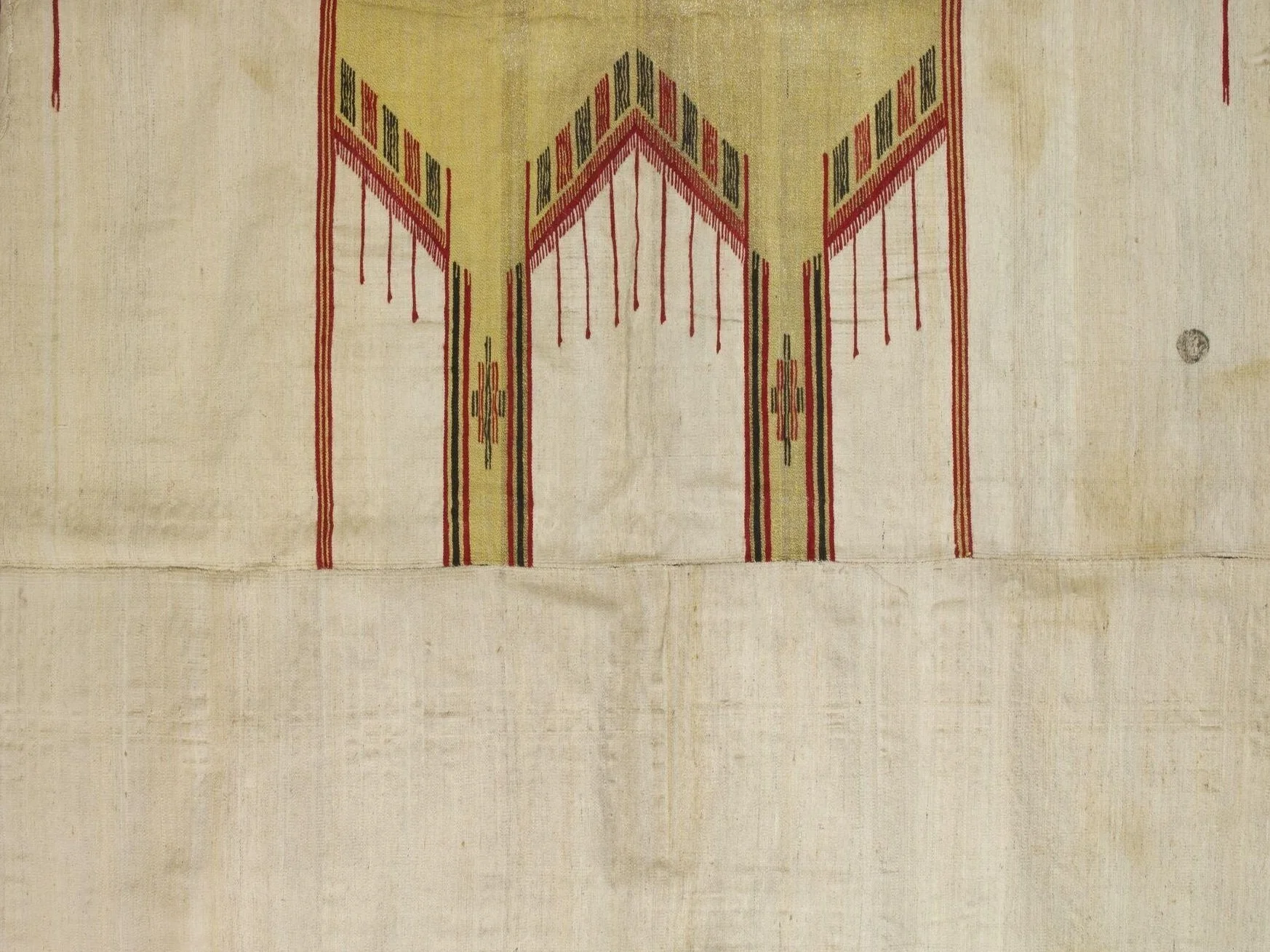
Before treatment
Wool Aba
North Africa
1800
Victoria and Albert Museum
Wool, Cotton, Metal-wrapped thread
Tapestry woven sleeveless cloak (aba), primarily of undyed wool with geometric patterning on the upper body in red and black wool and metal-wrapped yellow cotton threads. It has a standing collar decorated with metal-wrapped yellow cotton threads. The collar and central opening are decorated with cotton and metal-wrapped thread braids that end in cotton tassels.
Condition Before Treatment
The aba was in fair condition overall. There were small lengths of failed stitching in the central seam, as well as scattered areas of thinning and losses in the wool due to pest grazing. It was covered with gray surface grime.
Fiber Identification
Different animal hair fibers are historically used in abas, including sheep, camel, and goat hair.
Samples of the aba from dyed and undyed areas (white, red, and purple) were examined using Leica Aristomet polarized light microscope and compared with known samples of camel, goat (cashmere), and sheep hairs. The scale pattern and medulla most closely matched that observed in the sheep hair sample, suggesting that the aba is wool.
Conducting polarized light microscopy
After treatment
Condition After Treatment
The aba is in improved aesthetic and structural condition. Moth casings and frass were removed, and the overall grime was reduced. Weak areas along the central seam and at the arm holes are now stable, having been reinforced with nylon net or stabiltex and polyester thread. Creases were mildly reduced, and the aba’s form is now legible on a custom-padded mannequin.
Images courtesy and copyright of the Victoria and Albert Museum




